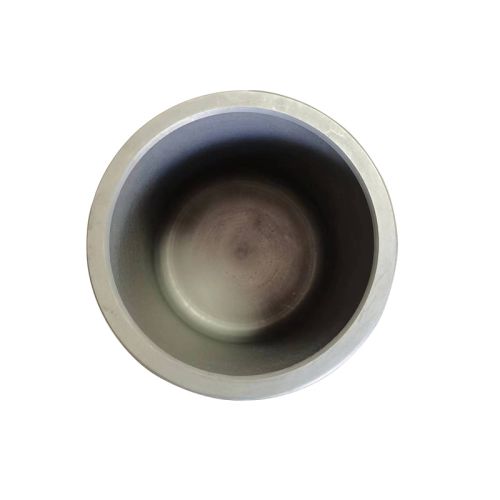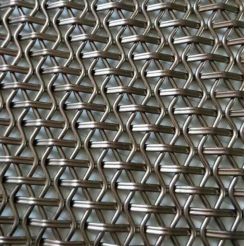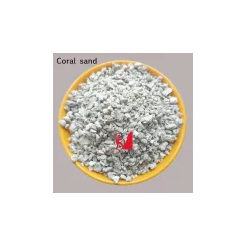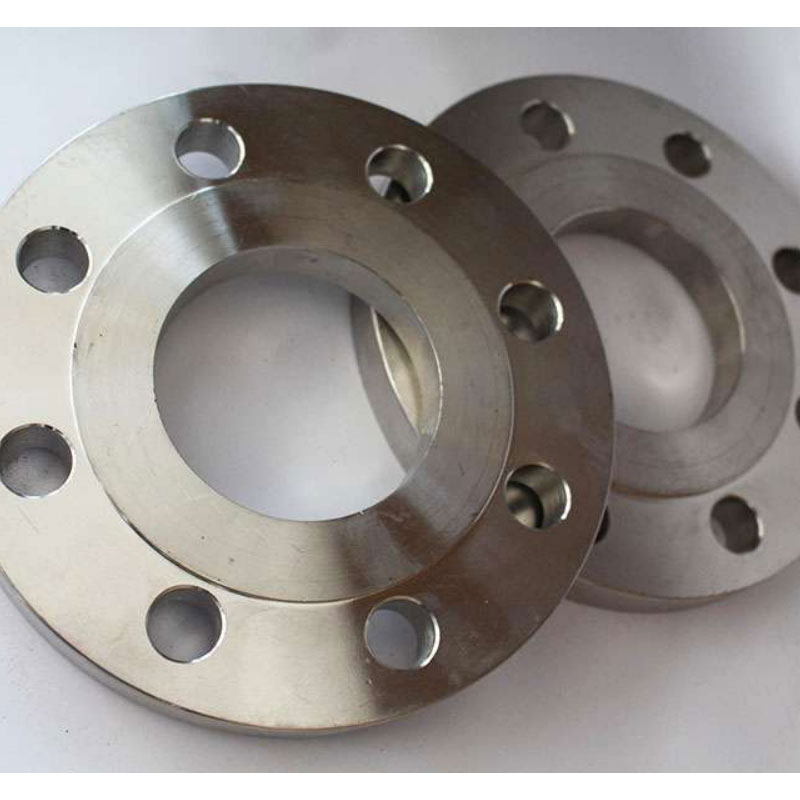Graphite Crucibles for Metal Melting
Graphite Crucibles for Metal Melting
Product Description
1. High Temperature Resistance: One of the key advantages of graphite crucibles is their exceptional resistance to high temperatures. Graphite can withstand extreme heat without compromising its structural integrity, making it an ideal material for containing molten metals. This resistance to heat ensures that graphite crucibles can endure the demanding conditions of metal melting processes, including those involving alloys with high melting points.
2. Thermal Shock Resistance: Graphite crucibles exhibit excellent thermal shock resistance, which is crucial in applications where rapid temperature changes occur. The ability to withstand thermal shock helps prevent the crucible from cracking or failing during the heating and cooling cycles of the metal melting process. This characteristic enhances the longevity of graphite crucibles and contributes to their reliability in industrial settings.
3. Chemical Inertness: Graphite is known for its chemical inertness, meaning it does not easily react with molten metals or other materials at high temperatures. This property is advantageous in metal melting applications, as it ensures that the crucible material does not introduce impurities into the melted metal. Graphite crucibles maintain a high level of purity in the molten metal, which is particularly important in industries where the end product's quality is of utmost importance.
4. Excellent Thermal Conductivity: The excellent thermal conductivity of graphite is another valuable characteristic for crucibles used in metal melting. This property allows for efficient and uniform heat distribution throughout the crucible, promoting consistent melting and reducing the likelihood of hotspots. The even heat distribution provided by graphite crucibles contributes to the overall efficiency of the melting process.
5. Wide Range of Applications: Graphite crucibles find applications in a wide range of metal melting processes, including but not limited to aluminum, copper, gold, silver, and other non-ferrous metals. Their versatility makes them indispensable in foundries, laboratories, and manufacturing facilities where precision and reliability are paramount.
6. Various Sizes and Configurations: Manufacturers produce graphite crucibles in various sizes and configurations to cater to the specific needs of different applications. Whether for small-scale laboratory experiments or large-scale industrial production, there is a graphite crucible suitable for the task at hand. This adaptability contributes to the widespread use of graphite crucibles across diverse industries.








